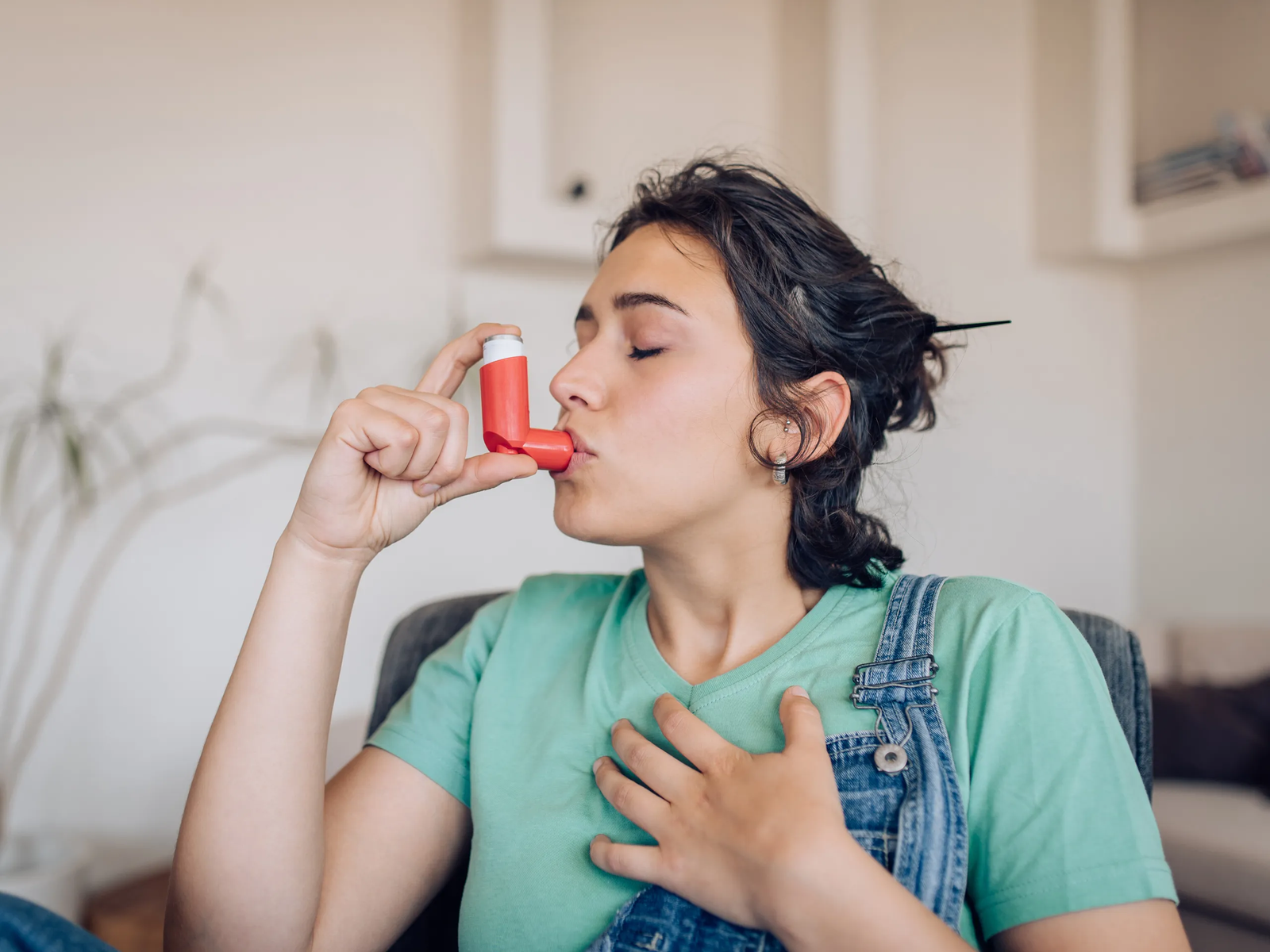
Asthma isn’t all about medication, as it’s also about having a healthy and safe environment, both inside and outside. From selecting the appropriate plants to keeping the air clean, here are ten easy ways to asthma-proof your home.

1. Select Asthma-Friendly Plants
All flowers are not created equal when it comes to asthma. Some flowers, such as azaleas, daffodils, orchids, begonias, and hydrangeas, are usually good bets. These flowers are insect-pollinated instead of wind-pollinated, which means they produce minimal or no airborne pollen. For indoor decorating or outdoor landscaping, these flowers can keep allergy woes in check.

2. Steer Clear of High-Pollen Plants and Common Offenders
Certain plants are best left alone if you or one of your family members has asthma. Heavy-pollen plants such as daisies, chrysanthemums, lilies, and sunflowers can exacerbate the condition. Ash, cedar, elm, and oak trees, and Bermuda and Timothy grasses are also allergy-provokers. The plants in the ragweed family are especially troublesome. If you’re unsure, consult with a local nursery or an allergy specialist to help you make better choices.

3. Maintain Houseplants: Clean and Mold-Free
Even allergen-free plants can be problematic if they’re neglected. If they’re overwatered, mold will grow; decaying leaves and damp soil are also a haven for allergens. Drainage pots, dead leaves removed periodically, and preventing water from sitting in saucers help keep houseplants clean and safe. Well-cared-for, healthy plants are much less likely to trigger asthma attacks.

4. Control Dust and Dust Mites
Dust is one of the primary asthma triggers, frequently containing allergens such as pet dander, pollen, and mold spores. To minimize dust accumulation:
- Vacuum and mop regularly (preferably when the individual with asthma is away).
- Dust with a damp cloth to avoid disturbing particles into the air.
- Opt for blinds instead of curtains and low-pile carpets if necessary.
- Wash bedding and soft toys every week in hot water (over 55°C).

5. Control Humidity and Enhance Ventilation
Humidity provides an ideal breeding environment for dust mites and mold. Manage humidity levels with reverse cycle air conditioners or dehumidifiers. Air rooms periodically by opening windows, and do not use unflued gas heaters or wood fireplaces as they can send irritants into the air.

6. Select the Proper Heating and Cooling Systems
Heating and cooling systems may assist or impair when dealing with asthma. Electric panels or radiant heaters tend to be safer than gas or wood-based ones. When you depend on air conditioners or ducted systems, ensure that vents and filters are cleaned regularly. And don’t overlook ceiling fans, dust them prior to every use to avoid allergen accumulation.

7. Reduce Pet Allergens
Pets are cherished family members, but they can also be allergen triggers. Where feasible, keep pets outdoors or at least out of bedrooms. Regular bathing and brushing (better yet, outdoors) can minimize dander. Clean pet beds, cages, and litter boxes regularly. And for asthma homes, it’s preferable if someone without an allergy does the vacuuming and pet-related work.

8. Use Allergy Medications When Necessary
When environmental measures are not sufficient, drugs can be of assistance. Non-sedating antihistamines such as Allegra and Claritin can alleviate sneezing and itching. Corticosteroid nasal sprays like FLONASE and Nasacort are useful for persistent nasal symptoms, whereas antihistamine eye drops such as Pataday can relieve sore eyes. Decongestants must only be taken sparingly and on medical recommendation. Always seek your physician’s approval before initiating or altering any medication.

9. Garden Smart to Prevent Exposure to Pollen
Gardening releases allergens, so take precautions to reduce exposure:
- Plant low-pollen native species or large, showy flowers (which use birds and insects for pollination).
- Skip rye grasses and compost heaps.
- Work in calm, windless days.
- Pave over grass patches and use inorganic mulch (such as pebbles) to discourage mold.
- Employ local pollen monitoring apps to keep yourself posted during high seasons.

10. Regularly Clean Air Filters and Fans
Air conditioners, fans, and heaters can accumulate and disperse dust and allergens. Clean filters, vents, and blades regularly to ensure indoor air quality is good. It is a quick maintenance job that can contribute significantly to a healthier home.

By being discerning in your home and garden, you can drastically minimize asthma triggers and enhance daily comfort. Each little thing does make a difference to a more secure, healthier environment for you and your family.














